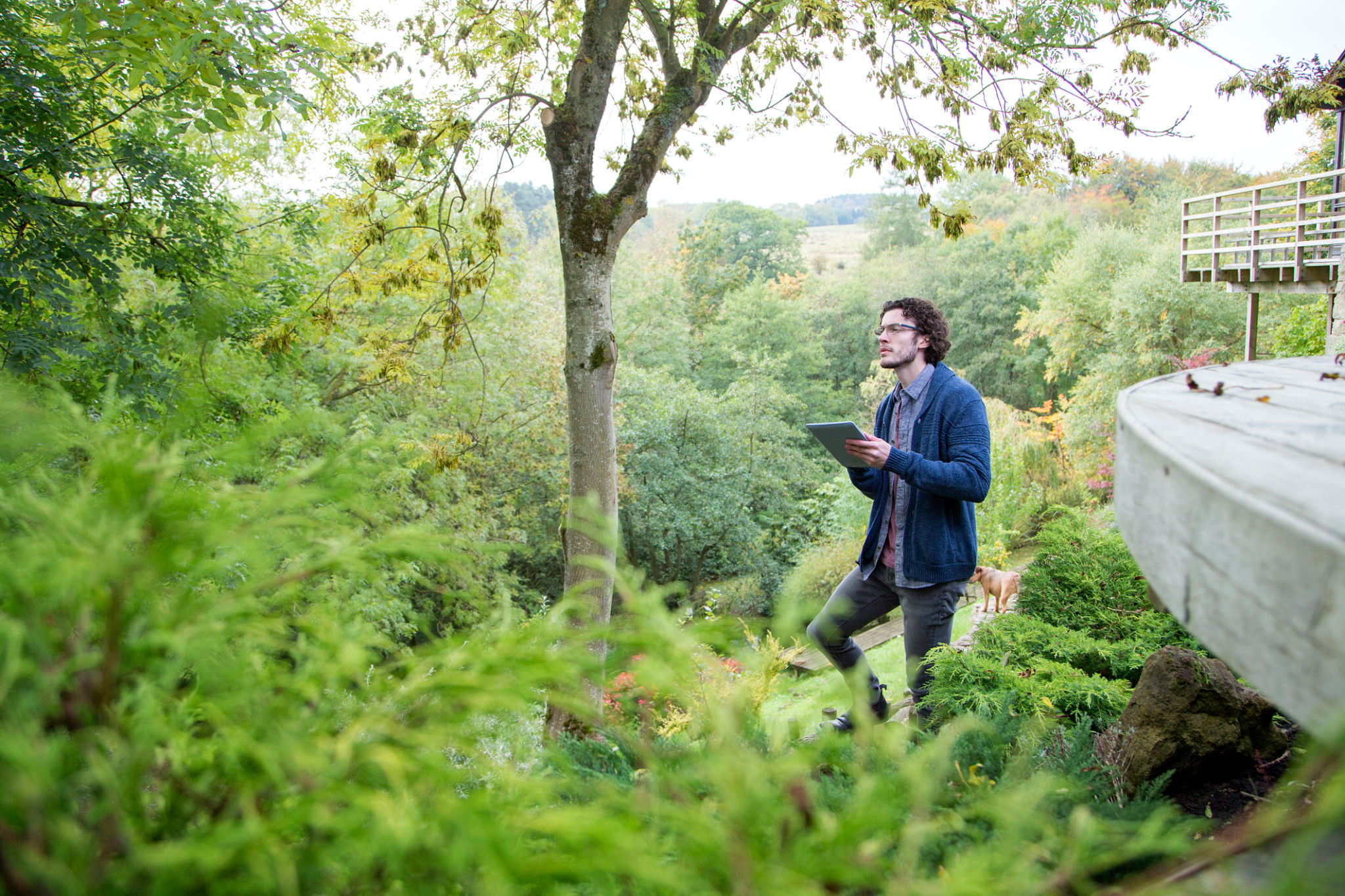Expert Insights: The Importance of Regular Tree Inspections
Understanding the Role of Tree Inspections
Trees are an essential part of our environment, offering aesthetic beauty, shade, and numerous ecological benefits. However, like any living organism, trees require regular care and maintenance to thrive and remain safe. This is where the importance of regular tree inspections comes into play. By conducting thorough inspections, potential hazards can be identified early, ensuring both the health of the tree and the safety of surrounding areas.
A professional tree inspection involves a detailed assessment of a tree's condition. Arborists look for signs of disease, structural weakness, pest infestations, and other factors that could compromise the tree's health or pose a risk to people and property. Regular inspections can help in making informed decisions about necessary interventions, such as pruning or removal.

Key Benefits of Regular Tree Inspections
One of the primary benefits of regular tree inspections is the ability to prevent potential hazards. Trees can become dangerous if they are structurally unsound or diseased. Falling branches or entire trees can cause significant damage to property and pose a risk to human safety. Early detection through inspections can mitigate these risks.
Beyond safety, regular inspections contribute significantly to the health and longevity of trees. Identifying issues early, such as nutrient deficiencies or pest problems, allows for timely intervention, promoting healthier and longer-lived trees. This proactive approach also helps in maintaining the aesthetic appeal of landscapes, which is particularly important for public spaces and residential areas.

What to Expect During a Tree Inspection
A comprehensive tree inspection typically involves several steps. First, a visual overview is conducted to identify obvious signs of distress or damage. This includes checking for dead or broken branches, unusual leaf discoloration, or evidence of pests.
- Ground Inspection: The area around the base of the tree is examined for root health and soil conditions.
- Trunk Analysis: Inspectors look for signs of decay, cracks, or fungal growth on the trunk.
- Canopy Evaluation: The tree's canopy is assessed for overall symmetry and density.
The findings from these steps allow arborists to recommend appropriate actions, whether it's simple maintenance or more involved treatments.

The Environmental Impact of Tree Inspections
Regular tree inspections also play a crucial role in ecological conservation. Healthy trees contribute to cleaner air, support wildlife habitats, and help combat climate change. By ensuring trees are well-maintained and thriving, we reinforce their ability to perform these vital functions effectively.
Moreover, healthy urban forests enhance biodiversity and provide crucial ecosystem services. By maintaining trees through routine inspections, communities can enjoy greener spaces that support both human well-being and wildlife diversity.
The Role of Professionals in Tree Care
Tree inspection is a specialized task best performed by certified arborists. These professionals possess the necessary knowledge and experience to accurately assess tree health and determine appropriate care strategies. Their expertise ensures that trees receive the best possible treatment tailored to specific species and environmental conditions.
Engaging with professional services not only ensures safety but also maximizes the ecological and aesthetic benefits that trees provide. Homeowners and property managers are encouraged to schedule regular inspections as part of their landscape management plan.

Conclusion: Investing in Tree Health
The importance of regular tree inspections cannot be overstated. They serve as a preventive measure against potential hazards and are integral to fostering healthy urban forests. By investing in professional tree care and routine inspections, we can ensure that our trees continue to thrive and contribute positively to our environment.
For those looking to preserve the beauty and safety of their landscapes, prioritizing regular tree inspections is a wise decision that benefits both individuals and the broader community. Keep your trees healthy, your property safe, and your environment flourishing.